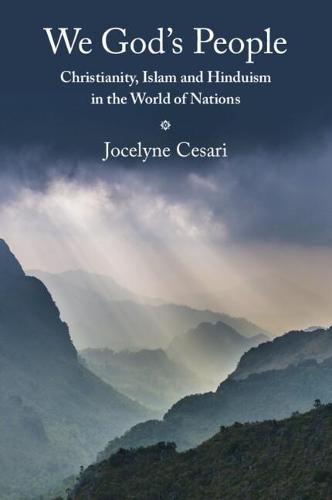Readings Newsletter
Become a Readings Member to make your shopping experience even easier.
Sign in or sign up for free!
You’re not far away from qualifying for FREE standard shipping within Australia
You’ve qualified for FREE standard shipping within Australia
The cart is loading…






Cesari argues that both religious and national communities are defined by the three Bs: belief, behaviour and belonging. By focusing on the ways in which these three Bs intersect, overlap or clash, she identifies the patterns of the politicization of religion, and vice versa, in any given context. Her approach has four advantages: firstly, it combines an exploration of institutional and ideational changes across time, which are usually separated by disciplinary boundaries. Secondly, it illustrates the heuristic value of combining qualitative and quantitative methods by statistically testing the validity of the patterns identified in the qualitative historical phase of the research. Thirdly, it avoids reducing religion to beliefs by investigating the significance of the institution-ideas connections, and fourthly, it broadens the political approach beyond state-religion relations to take into account actions and ideas conveyed in other arenas such as education, welfare, and culture.
$9.00 standard shipping within Australia
FREE standard shipping within Australia for orders over $100.00
Express & International shipping calculated at checkout
Cesari argues that both religious and national communities are defined by the three Bs: belief, behaviour and belonging. By focusing on the ways in which these three Bs intersect, overlap or clash, she identifies the patterns of the politicization of religion, and vice versa, in any given context. Her approach has four advantages: firstly, it combines an exploration of institutional and ideational changes across time, which are usually separated by disciplinary boundaries. Secondly, it illustrates the heuristic value of combining qualitative and quantitative methods by statistically testing the validity of the patterns identified in the qualitative historical phase of the research. Thirdly, it avoids reducing religion to beliefs by investigating the significance of the institution-ideas connections, and fourthly, it broadens the political approach beyond state-religion relations to take into account actions and ideas conveyed in other arenas such as education, welfare, and culture.